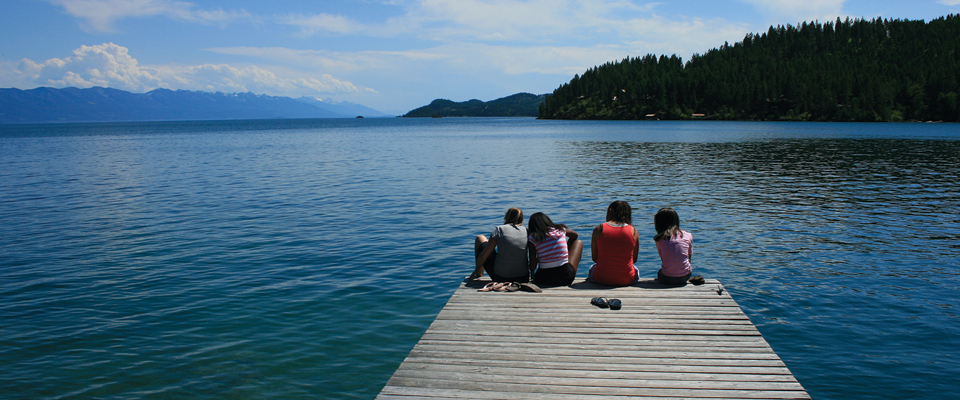Climate Change Impacts Montana’s Economy
Outdoor tourism in Montana is a 2.3 billion dollar a year industry. Climate change is threatening it.

Blog post by Environment Montana intern Sarah Luth.
Human caused climate change is melting our glaciers and roasting our summers. But with all of the political talk about how environmental policies damage our economy and snatch away working class jobs it may be easy to brush aside the fear of hotter summers and a loss of glaciers. Mitigating and limiting the effects of climate change will require policy, cooperation, and money, but this way of thinking – that taking action on climate change isn’t worth the economic risks – excludes one major fact: climate change itself will be an economic slap in the face if left unchecked.
Recently, a report was written for the Montana Wildlife Federation that explored the economic costs of unchecked climate change. Several sectors were of key importance: tourism and recreation, forest based activities including wildfire control, and the impact of wildfire on homes built next to public forest land. Climate scientists predict that Montana’s winters will be warmer and wetter while summers will be hotter and drier. Since tourism and recreation in Montana is the estimated source of 89,000 jobs and about 2.3 billion dollars per year these climatic changes have serious implications. Many of Montana’s most iconic activities will be affected.
- Wildlife: With increased temperatures wildlife will stay in the high country longer because of a lack of snowfall pushing them down, creating more difficult and distant hunting seasons. Milder springs will increase the survival of calves and fawns and big game populations will periodically exceed the sustainable carrying capacity of the habitat. This will lead to more big game gathering on farm- and ranchland during winter months, contributing to disease problems and damage to farm and ranch lands. To place a number on it, big game hunting is expected to drop by 15% by mid century, equivalent to about 1,600 jobs and 39 million in labor earnings. Similar numbers are predicted for the fishing and snow sport industries.
- National Parks: Montana’s gems, our national parks like Glacier and Yellowstone will see a steep decline in visitation due to wildfire, temperature increases, and wildlife decline. The economic impacts of decreased visitation are predicted to be approximately 3,300 jobs and $94 million in labor earnings.
- Real Estate: Not only are Montana jobs, recreation, and beautiful parks at stake, so are many Montana homes. Over 60,000 Montana homes as of 2015 are at high or very high risk to wildfire. If we conservatively assume no new homes are built from 2015 to mid century in areas next to public forest land, the annual loss of homes is still expected to be 227 and $53 million per year.
Our politicians cannot justify the removal of environmental regulations and unwavering support of coal and oil with this information. As citizens of Montana we have to show our politicians that environmental regulations, renewable energy, and the valuing of parks and public lands is vital to protecting our jobs, recreation, and Montana homes.

